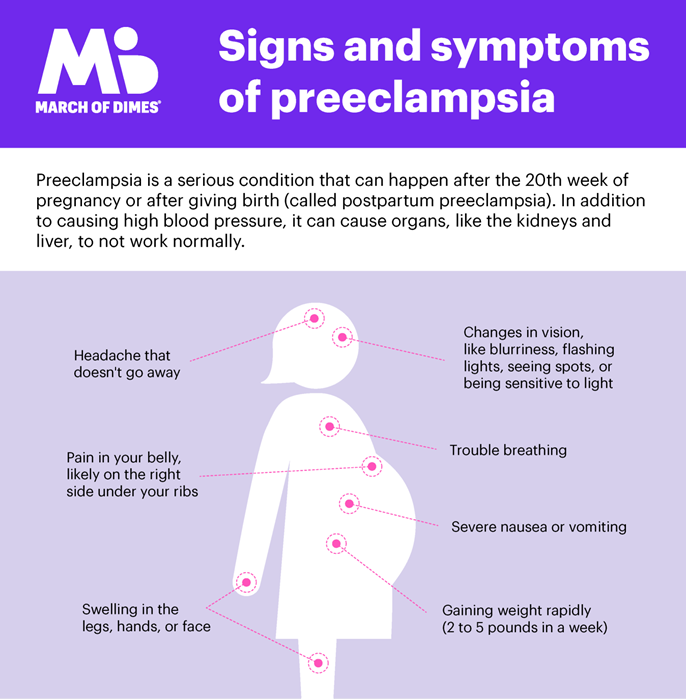Free Courses Sale ends Soon, Get It Now


Free Courses Sale ends Soon, Get It Now



Copyright infringement not intended
Picture Courtesy: www.lifecell.in
Context: A study published in Nature Medicine has unveiled a promising liquid biopsy approach aimed at enhancing the early detection of pregnancies at risk of developing preeclampsia by measuring DNA-methylation levels in the blood.
Details
Preeclampsia
Key points about preeclampsia

Picture Courtesy: www.marchofdimes.org
Conclusion
|
PRACTICE QUESTION Q. The term “Preeclampsia” is frequently seen in the news, it is related to: A) Malware B) New Virus discovered in Antarctica C) Pregnancy-related medical condition D) Old age-related medical condition Answer: C Explanation: Preeclampsia is a pregnancy-related medical condition characterized by a sudden increase in blood pressure (hypertension) and damage to organs, typically the liver and kidneys. It usually occurs after the 20th week of pregnancy, although it can develop earlier. Preeclampsia is a potentially serious and life-threatening condition that can have significant health implications for both the pregnant person and the fetus. |
© 2024 iasgyan. All right reserved